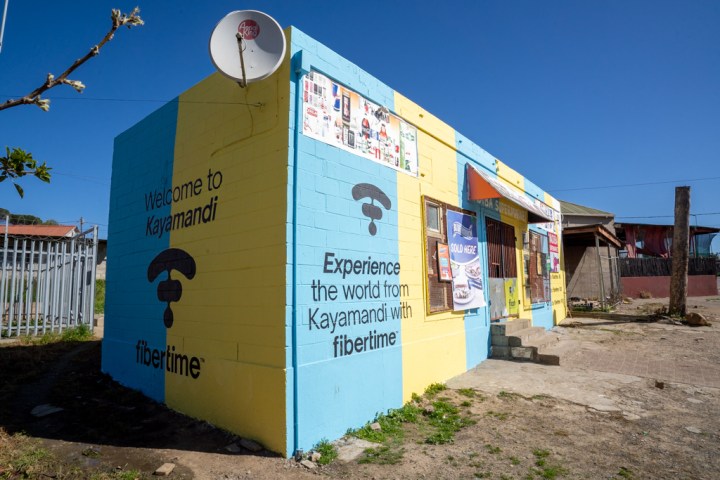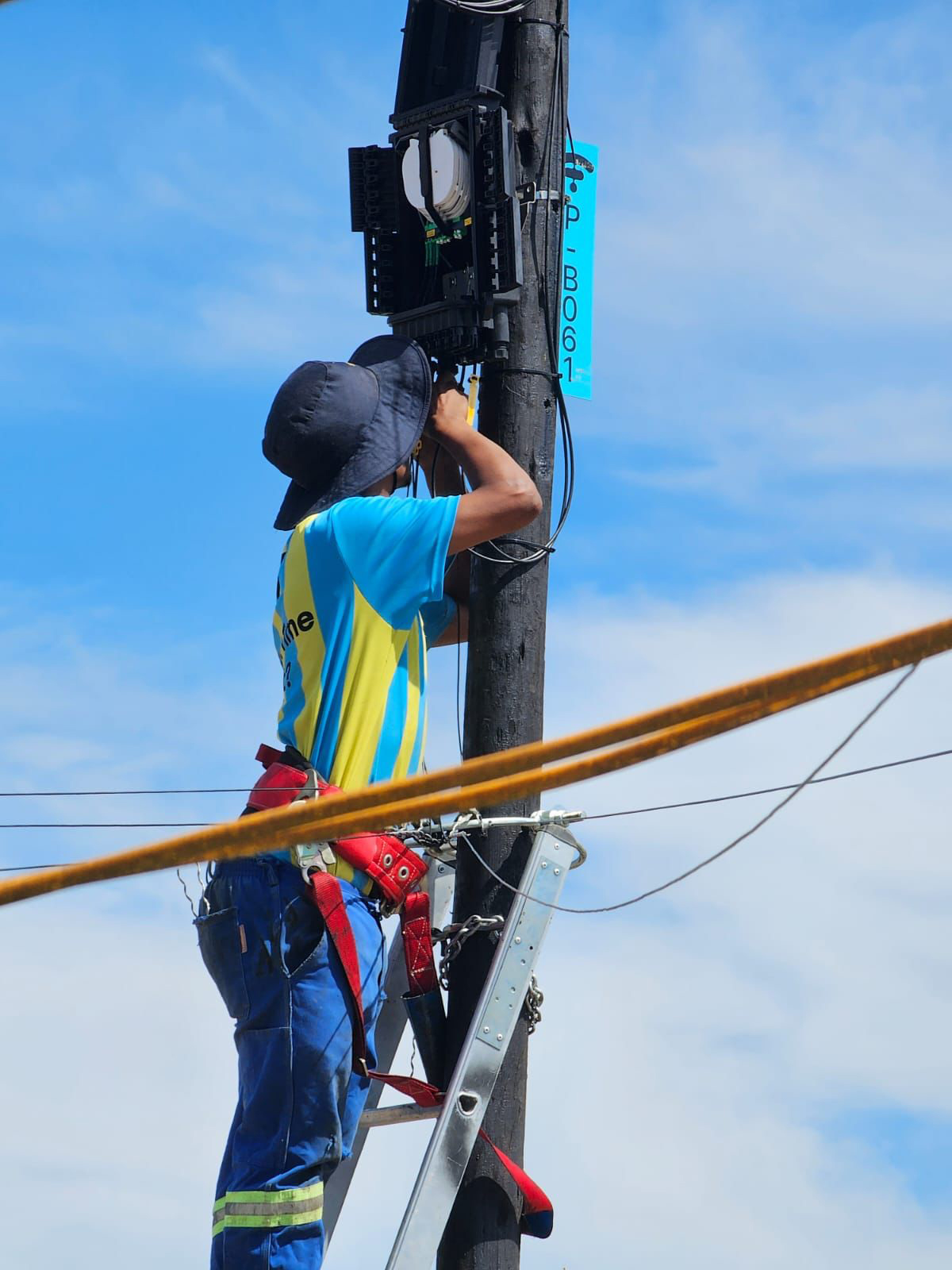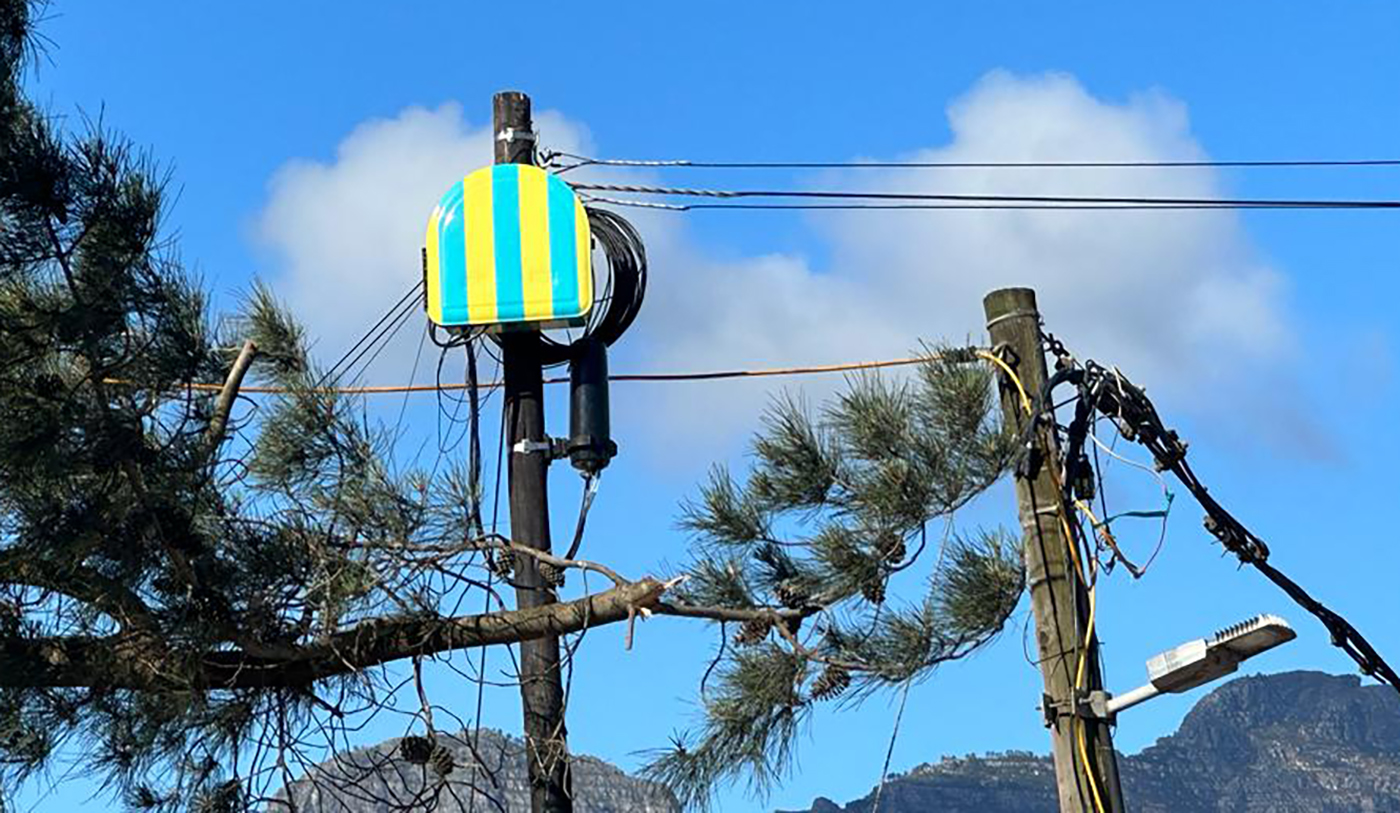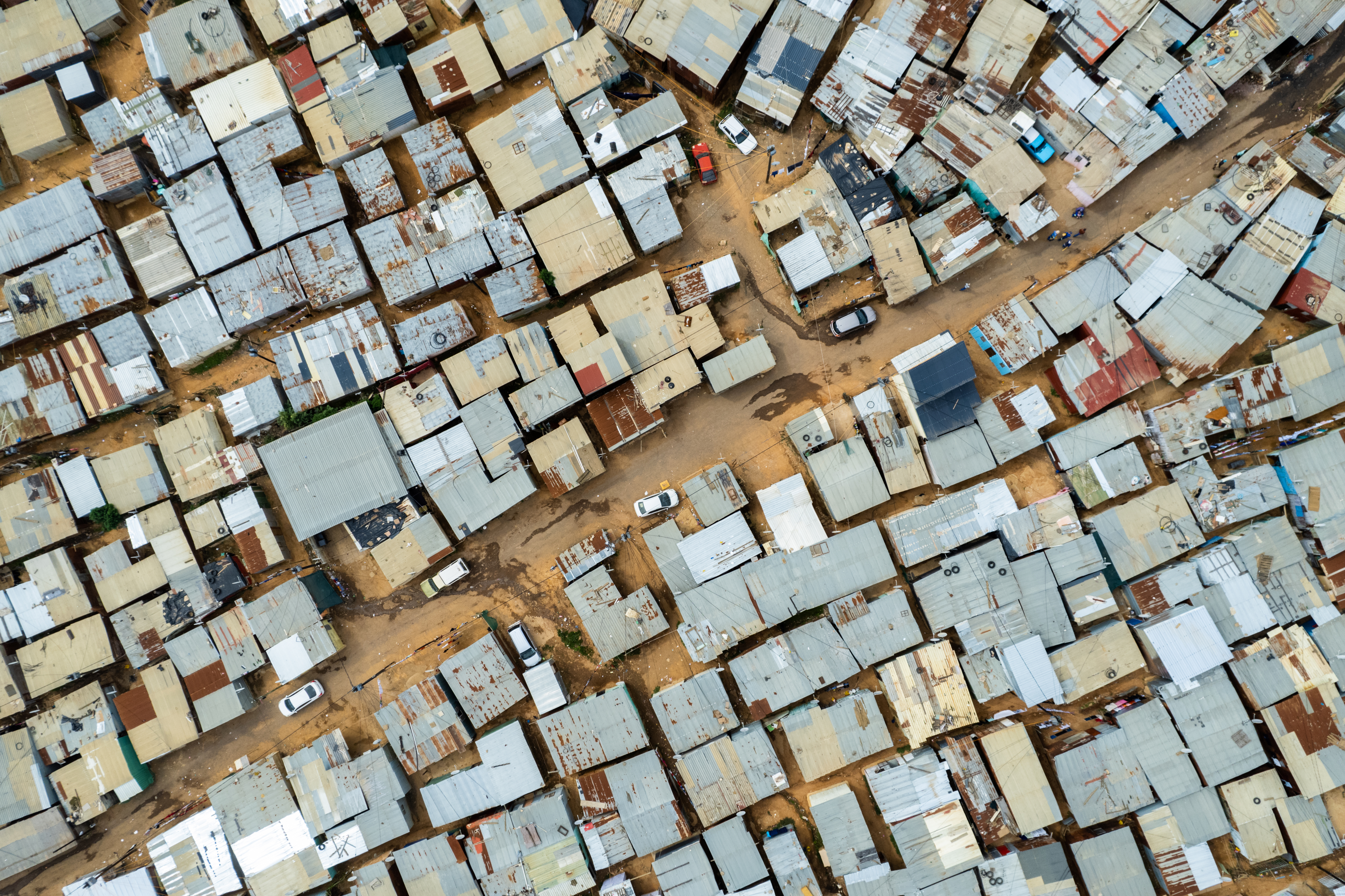BUSINESS REFLECTION
After the Bell: The extraordinary example of Kayamandi

Around this time last year, I reported on what I thought was a little ping of really good news: the roll-out of very fast, very cheap bandwidth in the Stellenbosch township of Kayamandi. Here is a quick update.
The founder of Project Fibertime , Alan Knott-Craig, has announced that Kayamandi is now more or less covered and that around 7,500 homes have been connected. (Full disclosure: Knott-Craig is a shareholder in Daily Maverick.)
Could Kayamandi lead the continent in fibre connectivity roll-out?
The effort costs residents R5 a day, per device, for uncapped bandwidth, and it runs at 100Mbps, generally speaking. What appeals to me so much about this project is its disruptive potential. SA has four mobile network companies with a collective market cap of around R400-billion. The big question — or one of the big questions — is: Why have they not embarked on this kind of project? To put it another way, what is Knott-Craig seeing that they are not?
My guess is that they think it will be difficult, probably not profitable and too small. They are right on the first issue, but not on the second, nor the third, at least according to Knott-Craig’s experience. But for the mobile network companies, which are locked into the top 50% of earners in SA, it may be that the level of profitability they expect would not match their current usurious levels.
Then there is the culture issue. In the same way that SA’s big four banks didn’t think that poor people deserved or needed banking services for years until Capitec pitched up, this is just not the pond in which the telecom companies are comfortable fishing. Knott-Craig reflects on this issue in his YouTube presentation, pointing out that what SA townships lack in spending power, they make up for in human density. That density, and Project Fibertime ’s model of focusing on devices not homes, makes the project viable. We think.

Stringing fibre during the network build. (Photo: fibertime™)
Fibertime is selling 1.5 vouchers per home/per day, which works out to a revenue of around R2,700 a year per installation, operating profit of R2,300 and capital costs of around R900 per year, and that includes interest, maintenance and connection costs. So gross profit of just over R1,400 per installation at existing usage rates (more people in a home could subscribe). That’s technically a margin the mobile network companies should be happy with, so what about the issue of technical difficulty?
Knott-Craig is himself critical of how long it took for Project Fibertime to achieve the 7,500 connections it has now. It encountered unanticipated difficulties, one being that initially, the idea was to beam the signal into houses from the poles above them.
But corrugated iron houses act like Faraday cages and the signal strength ended up being poor inside the homes. So now, individual connections in each home are required, and that of course requires extra buy-in from the community, which is a tricky issue.
The second issue is load shedding, because voucher buyers get understandably irritable if they pay for bandwidth and can’t use it. So packages now come with small batteries.
The big question for Project Fibertime is where to go from here — and the answer is onwards and upwards. Knott-Craig says the company has about R700-million in its war chest, which is enough for about 140,000 new connections and it has started making inroads in a second area already. Two others have been earmarked.

Slack box on a network pole in Kayamandi. (Photo: fibertime™)
R700-million sounds like a lot, but a quick back-of-the-envelope calculation suggests that providing fast bandwidth to all of SA’s townships would cost more like R70-billion. For Project Fibertime , the Kayamandi project was really proof of concept — now comes the much more difficult part of scaling the effort.
To this end, Knott-Craig is toying with the idea of listing the company late next year. It’s not a concrete plan yet, but given the capital required, it’s obvious why going public might be on his radar.
There is a question now about whether the mobile network companies or the fibre companies won’t start looking more closely at the idea. I get the impression Knott-Craig is pleasantly surprised they haven’t already.

An aerial photo of Kayamandi. (Photo: fibertime™)
Although Kayamandi is more or less connected now, most suburban residents would be surprised to know how many township properties have rental shacks attached. And Africa in general is awash with makeshift houses in scattered locations with the inhabitants living on the edges of legality and privation. But often, these are the places and the price points that work for residents. Obviously they are. In a way, they deserve our respect as much as our compassion.
I have several takeaways from all of this and the first is the obvious one: people think there is no money in townships, and while there is not a huge amount, if you show people a worthwhile service at a discounted price, there are plenty of business opportunities available.
And the second is that it’s amazing what can be achieved with community buy-in and government stay-out. This is not an unregulated effort, but neither is it a government-dictated requirement. It works in its own right, and my guess is that in the end, that will make all the difference. DM
- Story corrected to reflect that Project Isiswe’s new name is Fibertime.



















 Become an Insider
Become an Insider
Wonderful project! It would be great if Mr Knott-Craig would also turn his mind to affordable rooftop PV for Kayamandi.
I think I should relocate to Kayamandi – my internet in a semi-rural area sucks and costs more! Well done for this project.